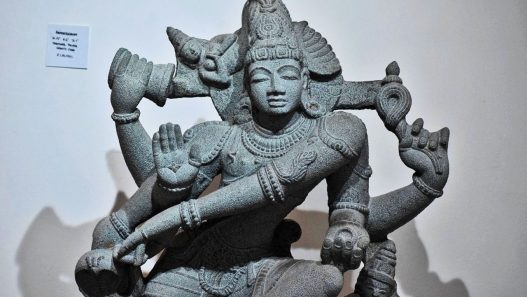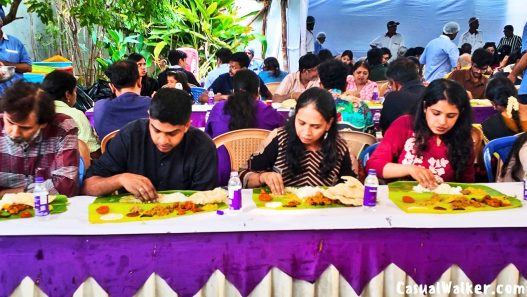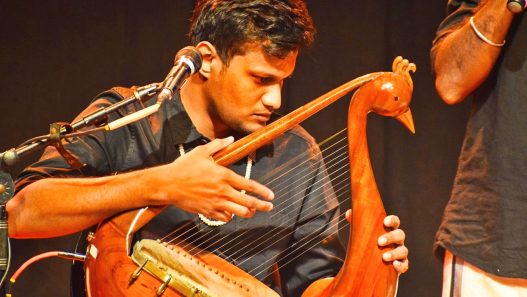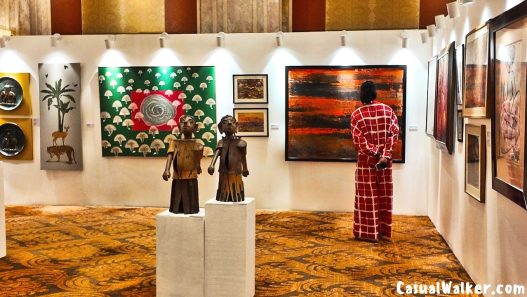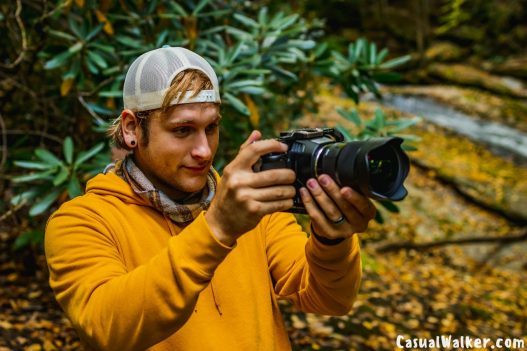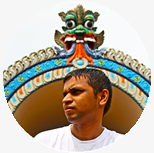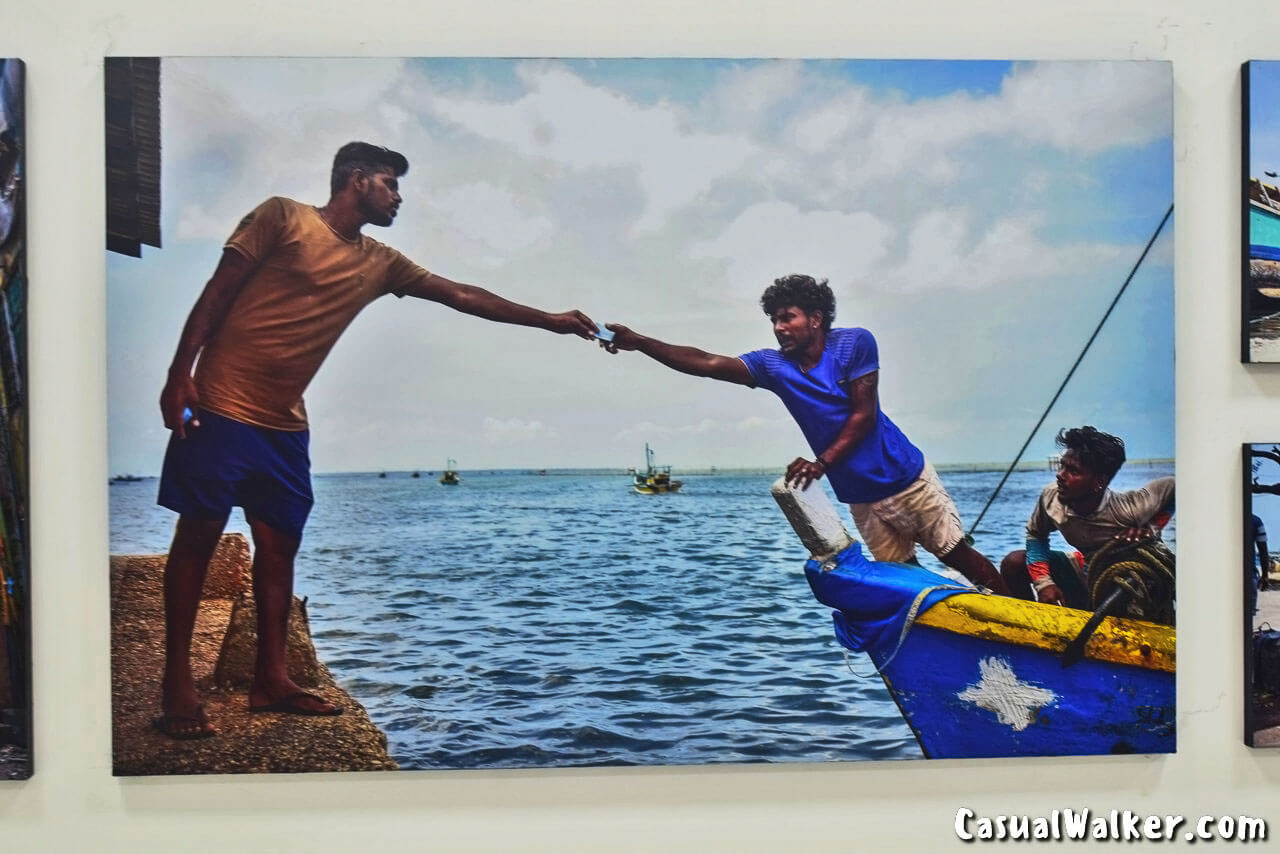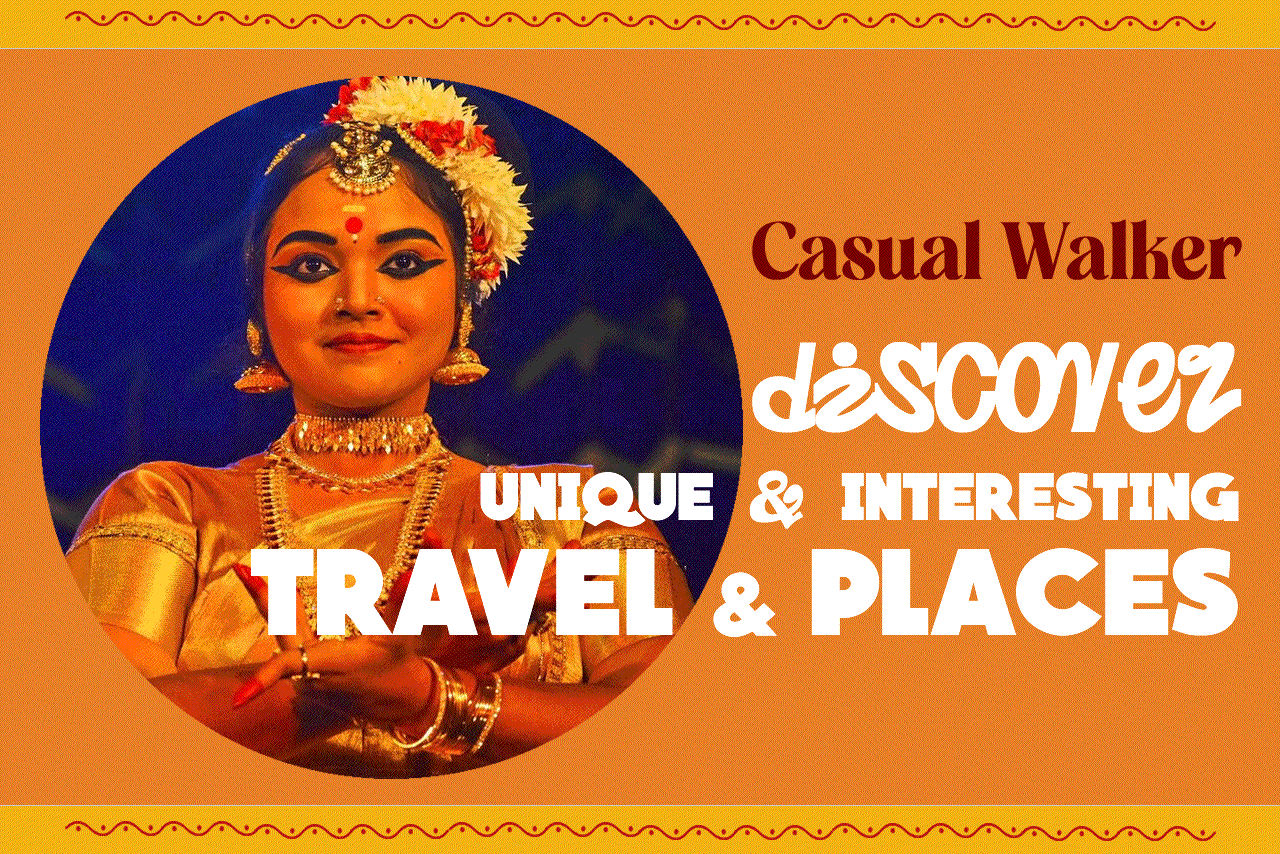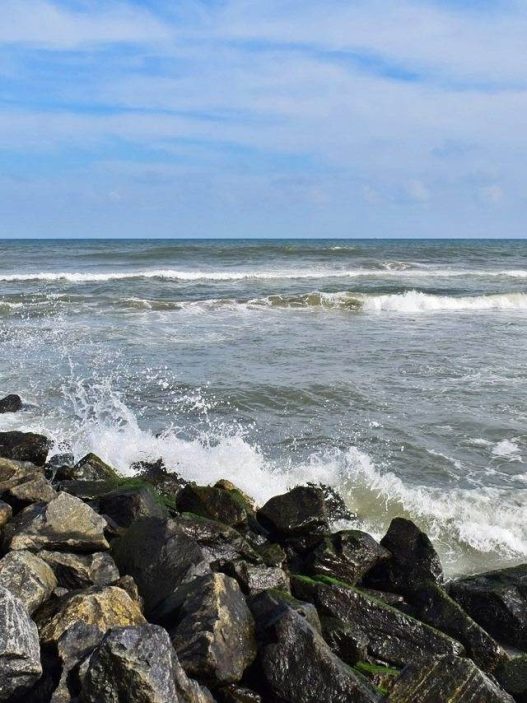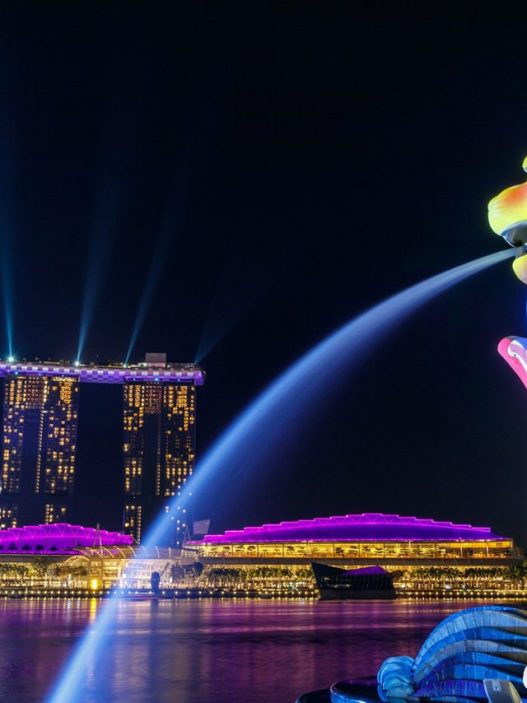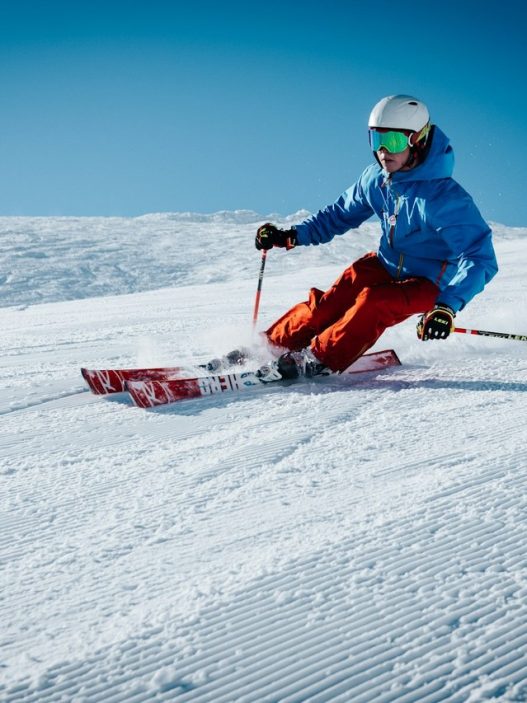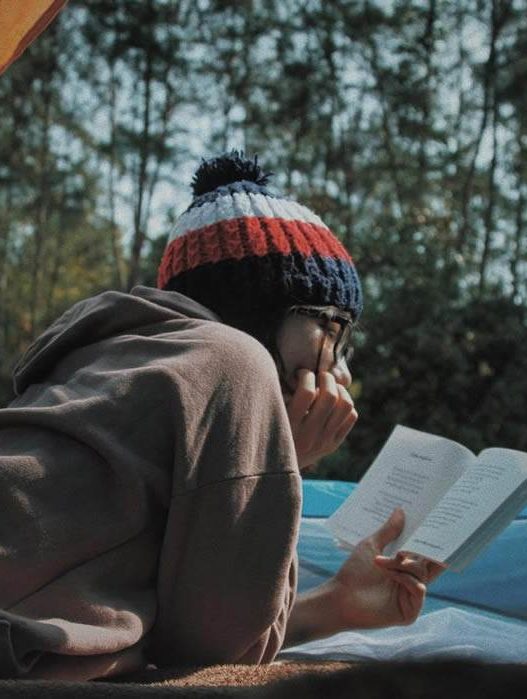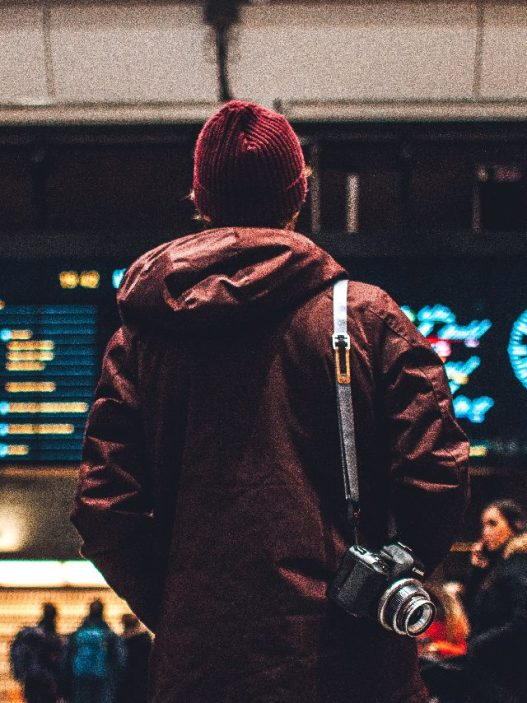The Role of Narrative in Street Photography & Photojournalism
– explore the role of narrative in photojournalism and how to hone technical skills as a photojournalist
What does it take to capture the perfect photo? Sunset lighting? A balanced composition? Impeccable timing? In the realm of photojournalism, however, taking a pretty picture isn’t always enough. What sets an image apart is its ability to tell a story. The best photojournalists use all the elements of their photos (i.e. light, perspective, balance and composition, subject matter, etc.) intermittently to tell a story and guide the viewer through a visually compelling experience.
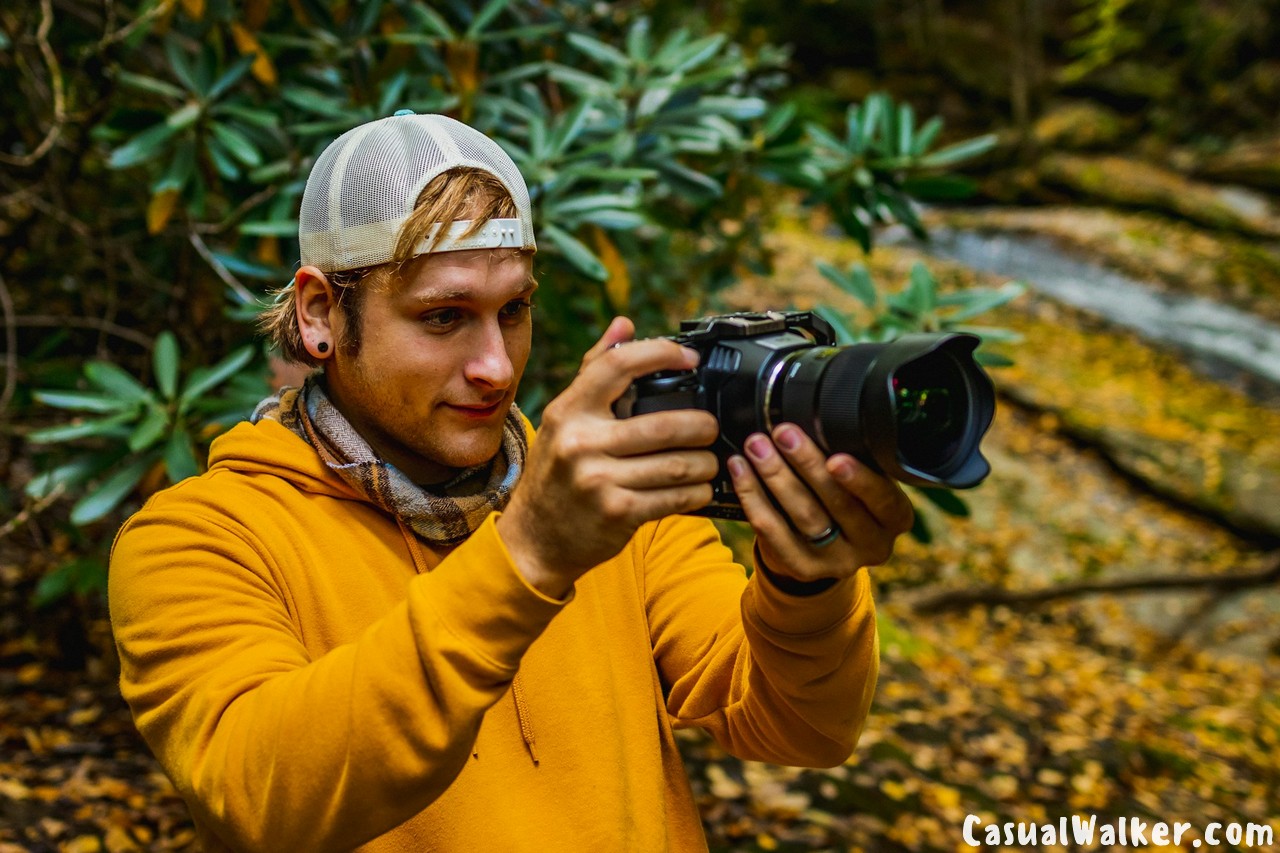
Whether you’re documenting a whale migration or capturing a raw scene in a bustling city, an image’s narrative is what gives it context and power. It allows viewers to look deeper and question the meaning behind your shots.
In this blog, we’ll explore the role of narrative in photojournalism, and how you can hone your technical skills as a photojournalist as well as develop an eye for storytelling.
Understanding photojournalism
Much like street photography, photojournalism aims to capture and document real-world events. And while the general objective is to report the news, the best photojournalists humanise it – raising awareness, sparking debates and connecting global audiences.
A photojournalist captures moments in time, telling stories of how the world and all of its cultures has evolved and providing context and understanding to those on the outside. Great examples of photojournalism can also shape public opinion, affecting how we interpret a situation.
Key challenges of photojournalism
Editing on the go
Street photography requires fast reaction times, so you can expect to snap a few blurry shots here and there. This is why it’s essential for you to learn how to ready your cameras and lenses, remove spots from your photos, and to generally master the art of photo capturing and editing on the go.
These same skills are essential for sports photojournalists, travel photojournalists, and all others who can expect to capture stills while on the move. However, in all narrative-driven photography, professionals should also avoid over-editing their shots, focusing only on enhancing the contrast, exposure and overall story the image portrays.
Cropping or retouching can often alter the image too much, and so only finer edits should be made, to uphold the truth and organic qualities of your photo.
Capturing authentic stories
Photojournalists are required by the principles of their discipline to keep their eye unbiased. Your photos should be a reflection of the world as it is, not as you see it.
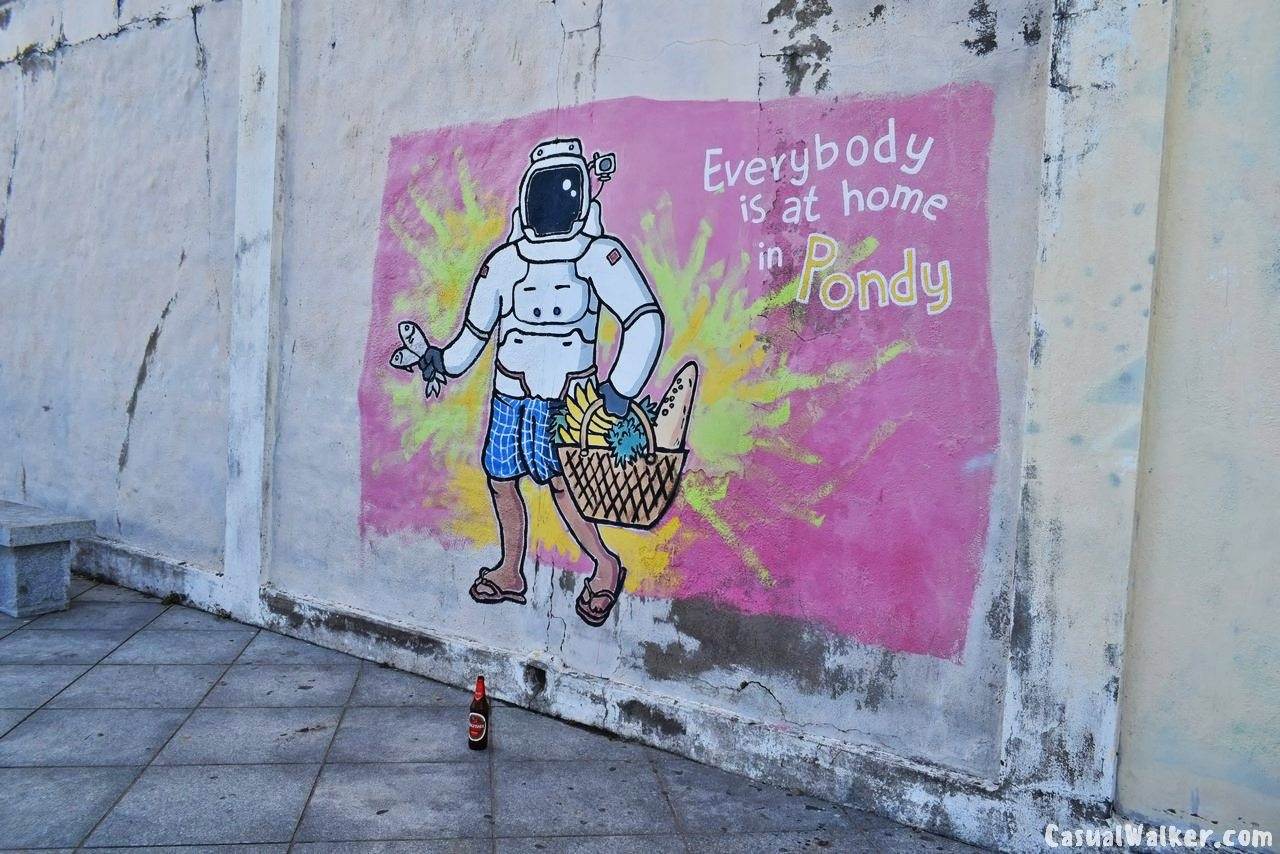
The key to keeping your eye unbiased and capturing more authentic stories is to spend more time in your location and with your subject matter/s. Before you begin to even try telling a story, you first need to understand the voices behind it. And the more you really look at people, the more you understand their stories. So don’t be afraid to immerse yourself.
Respecting privacy
Being a photojournalist often means capturing people as they go about their day, or even during instances of heightened activity or drama. Over the decades, there have been instances where photojournalists have failed to respect the privacy and wishes of their subject matter, which has gone on to hold negative impacts on that person’s later life.
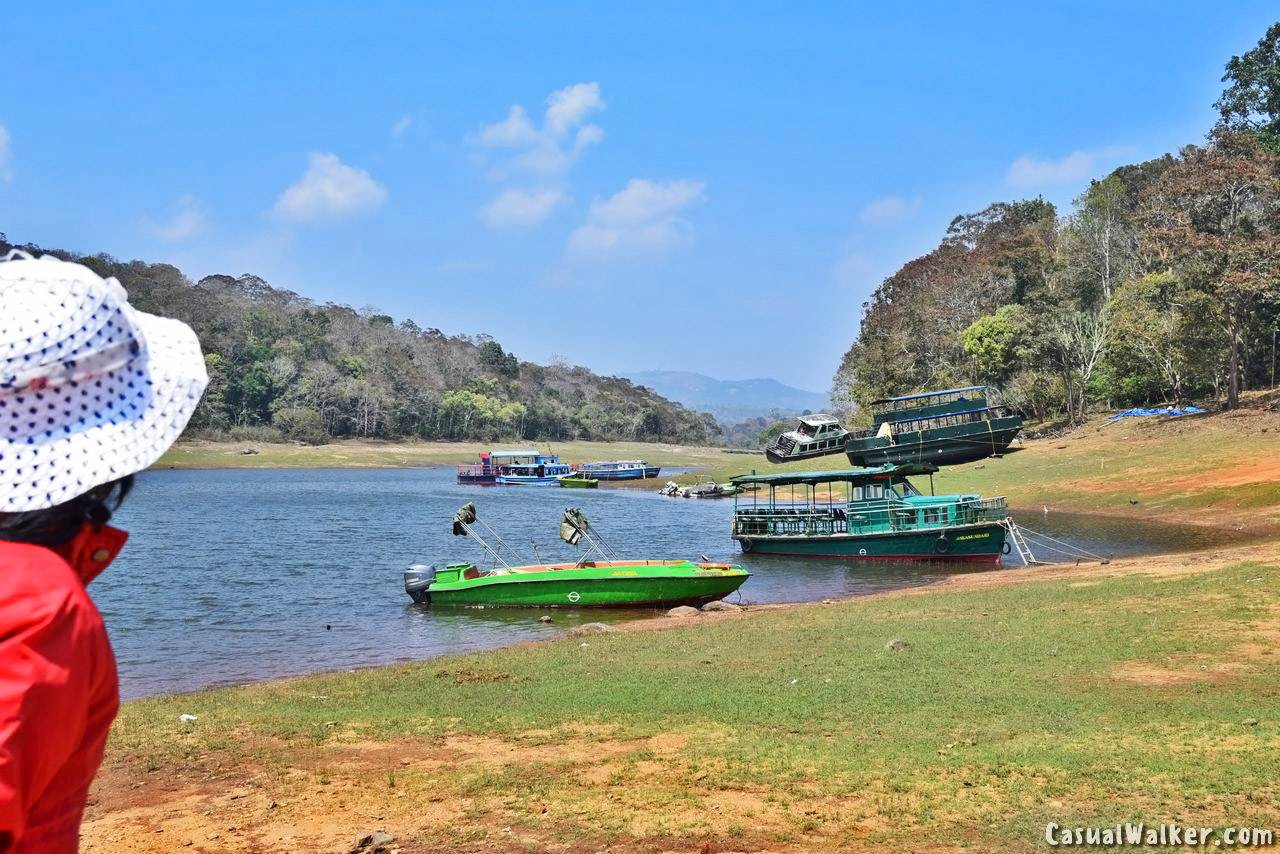
A great example here is Afghan Girl, the 1984 photographic portrait of Sharbat Gula that was captured by Steve McCurry for National Geographic. Whilst the photo itself changed public perception of the Middle East and the diversity and beauty of the region, making her face known across the globe also made Gula a vulnerable target to domestic terrorists in Afghanistan, forcing her to seek asylum.
Responsible photojournalists should always secure consent from their subject matter for projects like photographic portraits and other intimate scenes (i.e. images taken within a family home). By respecting their right to privacy and maintaining open communication with your subject matter/s, you can make sure your photojournalism projects also benefit those being captured alongside benefiting you as a budding photojournalist looking to build up their portfolio.
How to capture narrative in photography
A good photo, or story starts with purpose. Start with intention, before you shoot, consider the meaning behind the image, ask yourself:
- What story do I want this image to tell?
- What do I want this image to say?
- What emotion do I want to portray through the image?
Don’t rush to edit out every imperfection, most often the flaws add character, give context and add to the story. The weather, camera settings, lighting and background clutter all add to the narrative.
Taking more than one photo can help tell the whole story, showing how the narrative unfolds. This can be particularly useful when used in street photography and photojournalism, giving context across multiple frames. Whether it’s fear, joy or grief, capturing emotion helps connect the viewer to the story being portrayed – keep an eye out for facial expressions and actions that convey an emotion or story. Often, the best photos are those left open to interpretation, allowing viewers to connect in their own way.
Is street photography a style of photojournalism?
Whilst street photography isn’t regarded as a style of photojournalism itself, this discipline definitely has the potential to capture authentic stories, which makes it a great activity for budding photojournalists.
Street photography sees the beauty in simple moments. It’s about capturing the ordinary, turning unscripted moments into a story. Great photographers have an eye for reading body language, timing and context – setting the scene and highlighting the wider narrative.
The most powerful street photographers imbue the role of spontaneity, observing and capturing unfiltered, short-lasting moments. Spontaneity brings a sense of humanity, or relatability to an image, allowing artists to express their creativity. In this aspect, street photography provides ample opportunities for budding photojournalists to hone their eye and their ability to find stories in the “every day”.
What does it take to become a great photojournalist?
The narrative of an image, whether in street photography or photojournalism, is how you transform your photo into a story, a truth, a life. And a photo with a narrative is how you make your work unforgettable. It’s how people remember your photos long after they’ve seen it.
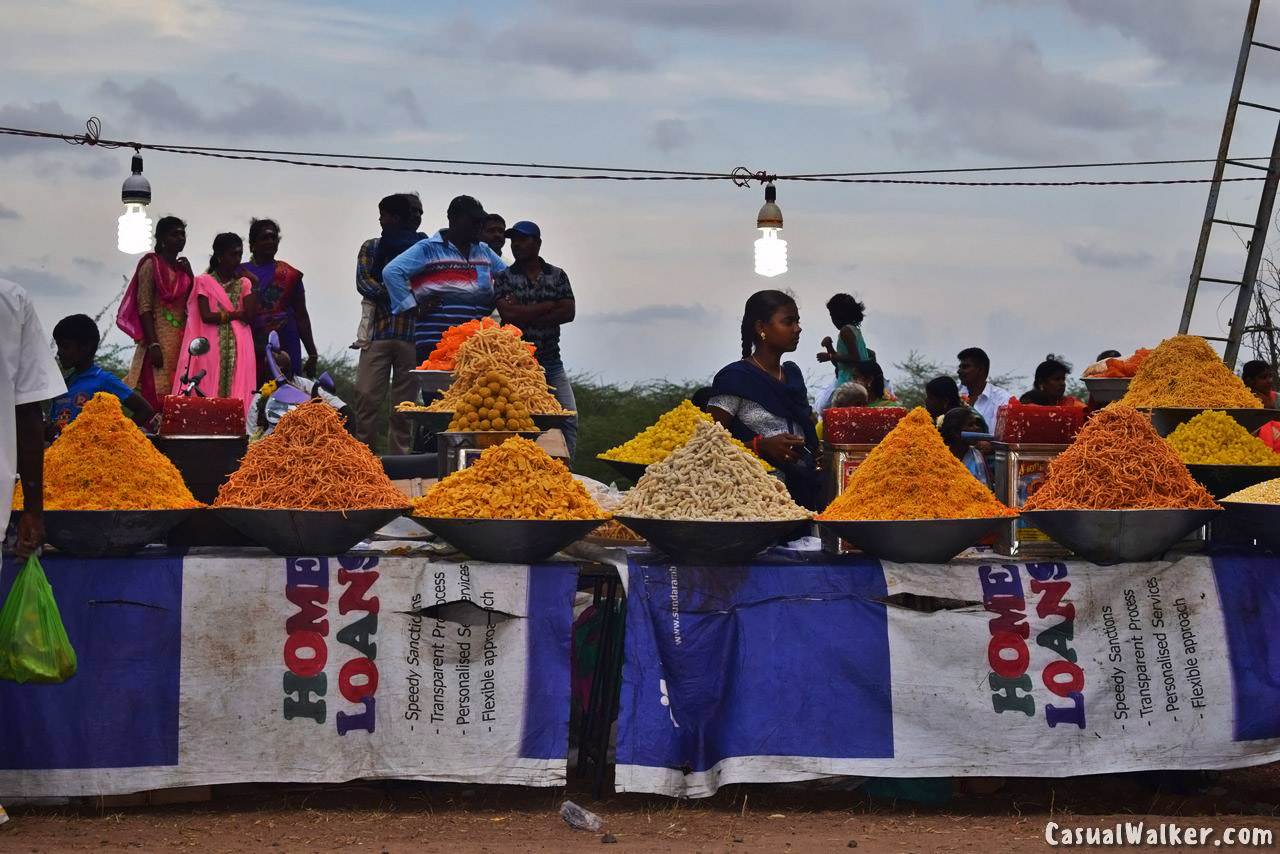
And remember, street photographers and photojournalists capture images without distorting the narrative they are trying to share. Don’t just point and aim your camera – capture the story, and the life behind the lens. By doing so, you can pay respect to the people and cultures behind your photos and build a rich and authentic portfolio for yourself as a photojournalist.

